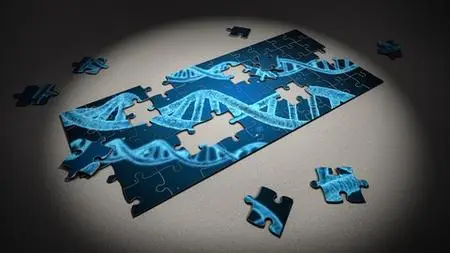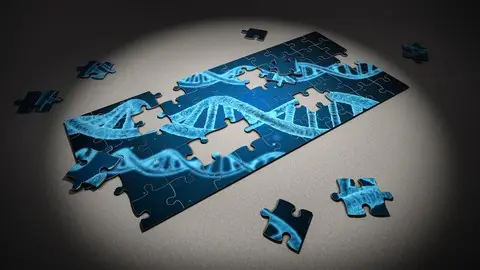Practical Bioinformatics I 2021
MP4 | Video: h264, 1280x720 | Audio: AAC, 44.1 KHz
Language: English | Size: 3.19 GB | Duration: 6h 27m
MP4 | Video: h264, 1280x720 | Audio: AAC, 44.1 KHz
Language: English | Size: 3.19 GB | Duration: 6h 27m
Biological Data Manipulation
What you'll learn
Sanger sequencing method and working with trace files
Common High-throughput sequencing platforms, methods, and applications
Common sequence, feature, alignment, and variation files
Extract, convert, split, merge, and/or remove sequences, features, alignments, and/or variations
Using more than 40 (currently 43) bioinformatics programs in addition to explaining their parameters
Using more than 20 (currently 21) bioinformatics programs without explaining their parameters
Different ways of using biological data in different researches (more than 30 papers are available)
Requirements
Internet connection and a web browser.
Description
Learning many tools and manipulation methods helps you to accurately understand files, their components, and their outputs, thus broadening your horizons in bioinformatics applications in general.
Practical applications will be on nucleic acids
The programs used are popular, free, and online (majority) or software installed on all operating systems
The first part discusses the DNA Sanger Sequencing because of its great importance so far despite the old method, and we will talk in this part about:
Explanation of the Sanger Sequencing method, what files it produces, problems, and their causes.
A practical application to open and manipulate the Sanger Sequencing files using three different programs.
The second part discusses High-throughput Sequencing, which is the basis of recent nucleic acid analysis research, and we will talk in this part about:
Common High-throughput Sequencing methods are Illumina, Ion Torrent, Pacific Biosciences, and Oxford Nanopore.
Various applications of High-throughput Sequencing in different fields.
The third part discusses bioinformatics files, which are the raw material for biologists where sequences, alignments, variations, and annotations are stored. The files mainly found are:
FASTQ
FASTA
Genbank
GTF/GFF3
BED
SAM/BAM
BCF/VCF
Parts from the fourth to the last are practical applications on the aforementioned files using various programs from online packages such as:
Sequence Manipulation Suite 2.
EMBOSS.
Packages on the Galaxy platform:
Seqtk.
Bedtools.
Samtools.
Bcftools.
The course contains many programs, some of which are basic in manipulation and have been explained in detail, and other programs were found to help clearly understand the examples, and these were not explained in detail but were used to perform a specific function.
The quizzes are not yet complete.
Who this course is for:
Life science students



